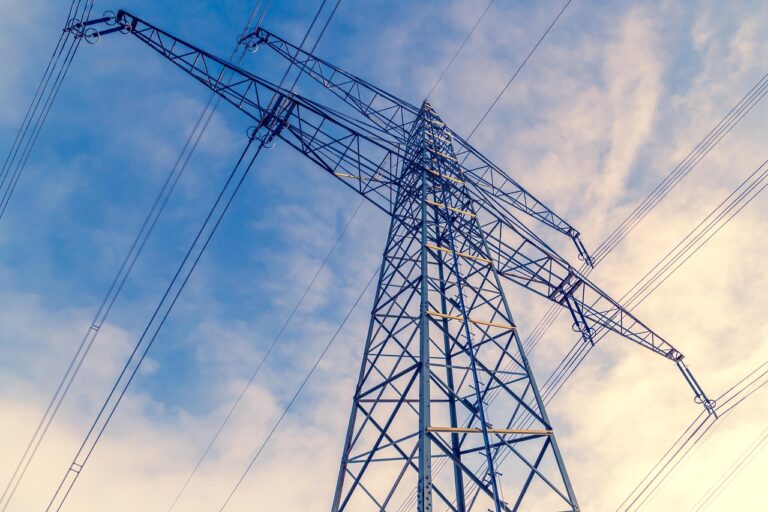The Ministry for Ecological Transition and Demographic Challenge has taken a key step in the development of the capacity market of the peninsular electricity system. Through Resolution 14438/2025, the values of the Value of Lost Load (VoLL) and the Reliability Standard are officially set, in compliance with Regulation (EU) 2019/943 and its most recent reforms.
What has been approved?
- Value of lost charge (VoLL): 22.879 €/MWh
This is the estimate of the maximum price that consumers are willing to pay to avoid power interruptions. This parameter reflects the social cost of a power failure.
- Reliability Standard: 1.5 hours expected loss of load per year (LOLE)
It is the level of security sought to be maintained in the electricity supply. It represents the number of hours/year in which the demand could not be covered with the available resources.
What are they for?
Both are technical and regulatory prerequisites to justify and enable the creation of a capacity market. Energy simulations of the future system (demands, renewable generation, etc.) are made, it is calculated whether the reliability standard would be met, using the VoLL and the cost of new entry (CoNE), and, if the risk of outage is higher than the standard, a “coverage problem” is detected; which allows the regulatory justification of the creation of capacity mechanisms.
This is a fundamental step in the transformation of the electricity system towards a more resilient, secure and decarbonized model.
How do these figures compare to the equivalent values adopted in other European countries?
The Value of Lost Load (VoLL) can be calculated in a differentiated manner based on consumer type (residential, commercial, industrial), region, and even electricity usage profile. This approach is common in many countries, particularly for internal assessments or system planning, and it makes sense given that the economic impact of a power outage varies significantly depending on who is affected. However, in compliance with Article 11 of Regulation (EU) 2019/943, each Member State is required to establish a single national VoLL estimate, which serves as a regulatory prerequisite for defining the reliability standard and justifying the implementation of a capacity mechanism. Consequently, countries that have adopted a capacity market model have published a single official VoLL figure.
The VoLL recently set by Spain at €22,879/MWh places it at the upper end of the European range, exceeding the levels adopted in countries such as France (~€17,000/MWh), the Netherlands (~€20,000/MWh), and the United Kingdom (~€20,000/MWh equivalent). This value reflects a conservative regulatory approach that prioritizes security of supply, as a higher VoLL implies a greater perceived social cost of power interruptions and therefore facilitates the justification for introducing capacity mechanisms. In contrast, countries like Germany have not published a single official VoLL, having opted not to implement a regulated capacity market. This methodological divergence highlights the variety of strategies adopted by EU Member States: while some, like Spain, align with the European framework to enable State aid schemes aimed at ensuring firmness and flexibility, others rely on market-based signals or strategic reserves.
With regard to the reliability standard (LOLE), Spain has adopted a threshold of 1.5 hours/year, which is more stringent than the European average, where 3 hours/year is commonly used in France and the United Kingdom, and up to 4 hours/year in the Netherlands. This lower threshold means that the Spanish power system will need to rely on a higher level of firm or flexible capacity to meet the defined security margin. From a technological standpoint, this regulatory configuration is particularly favorable for assets such as efficient combined cycle gas turbines (CCGTs), energy storage, and demand-side response (DSR). These technologies stand to benefit from well-designed capacity mechanisms, as they provide value through availability, rapid response, and load management—capabilities that will be essential to maintaining system reliability within the risk tolerance defined by the Spanish regulator.
What now?
Although there is no specific date in the BOE, the logical sequence is as follows:
- The key values (VoLL and reliability standard) are already set.
- The next step is the publication of the national coverage analysis (LOLE and ENS projected in different scenarios).
- Given that the regulatory process is in final stages and the resolution was published on July 12, 2025, it is reasonable to expect the results of the analysis in the coming months, as a precondition for the final approval of the peninsular capacity market.
With the publication of this resolution, we are moving decisively towards the implementation of a capacity mechanism in the peninsular electricity system, after years of technical and regulatory work in this direction. The setting of the lost load value and reliability standard is a key and necessary step to comply with European requirements and address, in a structured manner, the challenges associated with the energy transition. If the planned deadlines are maintained, everything indicates that Spain will finally be able to count on a capacity market that gives firmness and flexibility to the electricity system.







